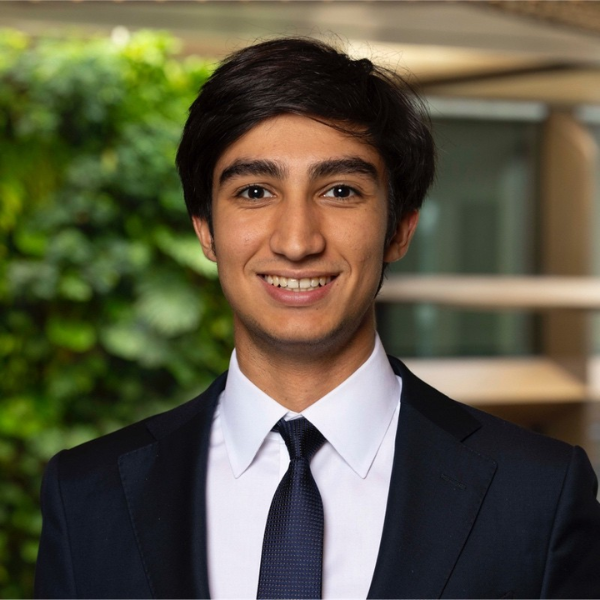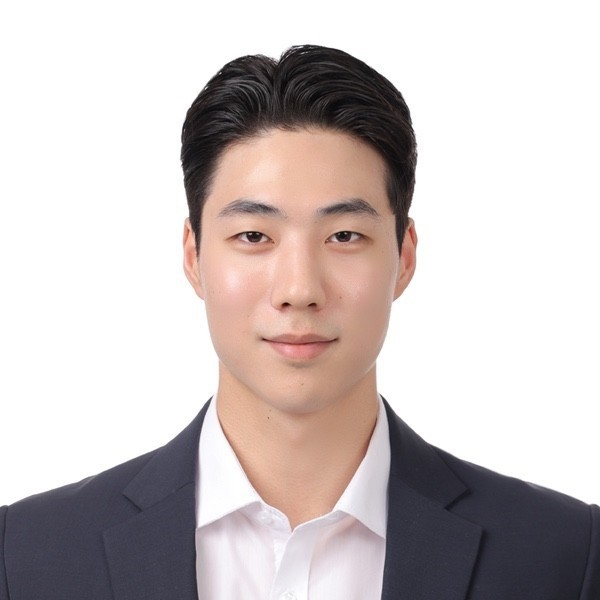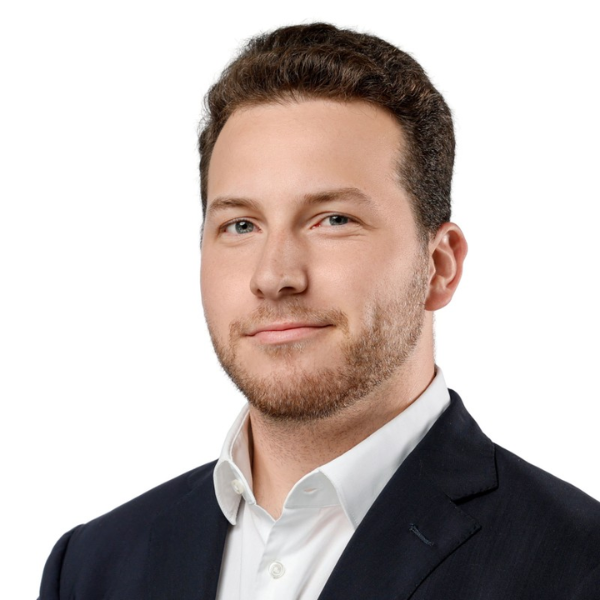You find INSEAD graduates everywhere: in top banks, international organisations, and entrepreneurial ventures. I wanted to be part of that ecosystem.
Sacha Clavelloux

Tell us about your path and why you chose the INSEAD MIM.
I’m French and grew up in Paris. After high school, I joined ESCP, where I spent a year in Madrid and another in Berlin — two great opportunities to discover Europe at a young age and meet people from all around the world. During my studies, I completed internships in London, first at Bloomberg and then at PIMCO, an investment management firm.
At PIMCO, many of the Senior Vice Presidents and Account Managers I met were INSEAD alumni. They often spoke about how the school helped them develop leadership and networking skills that really advanced their careers. That planted the seed for me. I wanted a master’s that would be short, intense, and global — one that would push me forward quickly.
When I did the alumni interviews for INSEAD, it felt more like a genuine discussion than a test. My interviewer, a Polish alumnus based in Berlin, had started in consulting and later launched his own search fund, something I’d never even heard of before. He shared practical advice about how to network in London and communicate with senior bankers. That conversation convinced me this was the right next step.
What sets INSEAD apart from other schools you considered?
INSEAD has a unique kind of prestige. In France, it’s sometimes less known among the general public than schools like ESCP, but among senior professionals in banking, consulting, or large corporates it carries enormous weight. I remember mentioning it to a former UBS director, and she immediately congratulated me; she knew the reputation.
Another thing that impressed me is how global and far-reaching the alumni network is. You find INSEAD graduates everywhere: in top banks, international organisations, and entrepreneurial ventures. I wanted to be part of that ecosystem.
The format was also decisive. A 10-month master’s with two campuses: six months in Fontainebleau and four in Singapore, gives you global exposure in a short, intense period.
It’s not just about finance or consulting, though both are strong here; INSEAD also produces a lot of entrepreneurs.
I liked that balance. You can keep your options open while still benefiting from a powerful brand and network.
What are you hoping to get out of the programme?
Two tracks at once. First, the broad capabilities you carry into any role: leadership, communication, managing diverse teams, and getting along with people in high-stakes settings. Second, the technical base for finance: financial accounting, and later, private equity and venture capital.
From my internships at Bloomberg and PIMCO, I learned that on the job, you’ll absorb the technicals, but it’s harder to learn how to be a good manager or leader. That’s what I’m here to build.
Any standout learning moments in P1?
Financial Accounting has been a highlight. The course demystifies what can feel opaque and trains you to read the numbers behind company reports, which are essential for investment banking, private equity, or venture capital. Data Analysis has been very quantitative with modelling that’s relevant whether you look at AI or banking. And Marketing matters more than people think; when you lead, you’re often designing ways to grow revenue and sales. It’s only been a month and I’ve learned a lot.
A memorable moment: We invited our Financial Accounting professor, Dennis Jullens, to dinner and drinks to discuss the industry and his own banking experience. Going beyond the classroom to hear that perspective and to connect with classmates was special.
Where are you headed, and how are you leveraging the CDC?
I’m targeting investment banking and the broader finance industry. The CDC has already been pivotal. The London Financial Services Trek let us meet investment banks, elite boutiques, and banks connected to international institutions. We spoke directly with managers and recruiters about what they look for. We also had sessions with McKinsey and BCG to understand their values and expectations.
Day to day, I’m applying advice from my career coach and sector specialist and reaching out to INSEAD alumni who are now directors and executives at banks. I’m confident that work will show results.
So, tell us about your Fontainebleau experience so far.
I knew the château and the forest, but I had never lived here. The campus setup feels a bit like the U.S. model: you’re truly on campus rather than in a big city. That creates a strong sense of community: you see your teammates in class, at the grocery store, and everywhere in between. The town is student-friendly with plenty of bars and activities. I like climbing and plan to get back into the forest routes soon after an injury, and there’s great running and hiking. Being here for six months, then Singapore together for four months, is a great rhythm.
How are you connecting with INSEAD students and participants beyond the MIM?
I met an INSEAD MBA during my PIMCO internship who’s now back on campus, which made the transition easy. MIMs and MBAs mix a lot, for example, through football, rugby, and the trips those teams organise, which turn into great networking and social time. I’m also curious about connecting with participants in the senior executive programmes; there’s a lot we can learn from each other’s experience.
What would you say to someone considering the MIM?
A master’s adds real value, especially if your undergrad wasn’t in business. INSEAD’s format is a strong balance: six months in France, four in Singapore, plus study trips to places like San Francisco, China, and Abu Dhabi, with a truly international cohort. You get exposure to consulting, finance, and marketing in one intensive arc, which helps you choose your path.
In the short term you join one of the world’s top schools; in the long term the alumni network pays off when you’re a senior leader meeting peers across industries.
What are you contributing to the INSEAD community?
Energy and intent. I try to add value in every group meeting, class, and career event, bringing fresh views and sharing what I’ve learned from my finance internships. I came in with a clear goal for banking, so I’ve been able to give classmates tips and connect them to the right people at firms I know. Everyone here does that for one another, which is why the community is strong.
I want to make the most of this year, succeed, and then come back in five or ten years to give back sharing advice with future MIMs and MBAs who are finding their way.




